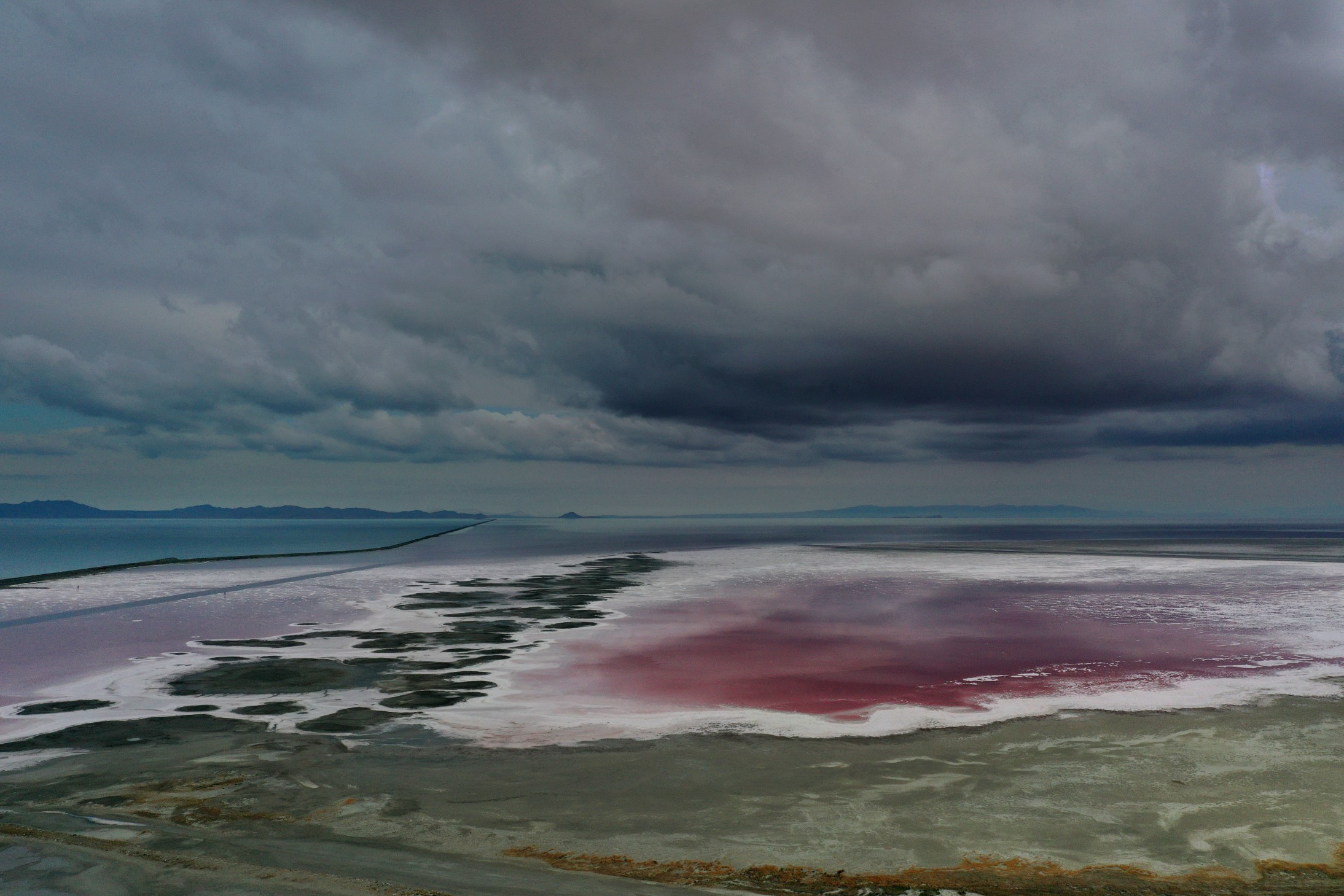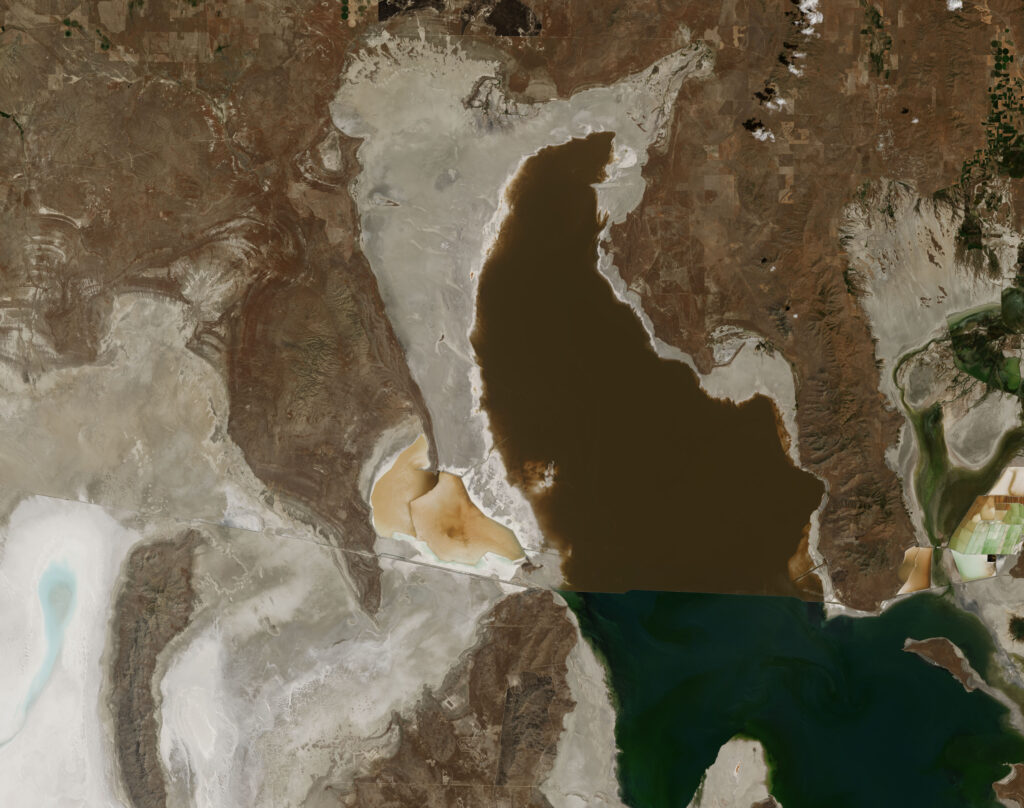
Heavy Rain, Flooding, and Chance of Severe Weather Staring Down the Southern U.S.
January 22, 2024
Posted: January 14, 2024 9:27 am





An alarming report from a group of scientists and conservationists led by Brigham Young University (BYU) is raising the red flag about the disappearing Great Salt Lake. According to the report, the lake located just outside of Salt Lake City, Utah will completely disappear in about five years unless action is taken immediately.
The water levels in the lake have reached historically low levels as the West continues to struggle with an ongoing drought. The group specifically released the report last week as a way to urge the Utah state legislators to take action before it is too late. According to the experts, the lake will drain to nothing in five years if there is no drastic action taken to boost inflow by 2024.
The authors of the report are urging lawmakers to make the choices now that will save the lake for the future. The iconic body of water is now measuring 19 feet below its natural average after it lost 73% of its water. In addition to the extreme water loss, the report details that about 60% of the lakebed is now exposed due to the impacts of climate change and excessive water use.
Climatologists are warning that what is happening to the Great Salt Lake is a microcosm of what the rest of the world has in store as the climate crisis worsens. This lake has generally been seen as a bellwether for what is happening or will happen throughout many river basins and other reservoirs.


The scientists charged with studying the lake have offered up specific solutions to combat the crisis. According to the authors of the report, the lake needs another 1 million acre-feet of water each year to reverse the loss. This amount of water would increase the average inflow to about 2.5 million acre-feet per year.
The report is asking the governor’s office to officially declare a state of emergency to send the message that this problem needs to be addressed immediately. The scientists are also urging the state government to implement emergency water conservation measures to lower water usage across the state.
The good news is that Utah is experiencing an especially snowy winter. As of this week, the state is seeing snowpack levels at 170% of average. The report is asking that lawmakers use this opportunity to enact legislation to ensure that the available water from the snowpack be directed to the lake.
The timing of the report comes just one week before the start of Utah’s 2023 legislative session. The water planning and allocation of resources decisions happen in February and March, making it important that these issues are addressed quickly.
In addition to enacting legislation to divert the snowpack, the authors of the report are calling on government leaders to enact long-term solutions that will prevent this from happening again. This includes putting water restriction plans of up to 50% in place throughout the Great Salt Lake watershed.
The dramatic drop in lake levels impacts more than just the humans that rely on it for water. The lake is also home to many of the region’s endangered species. The Great Salt Lake also boosts the annual economy of the state by $1.3 billion annually. The economic toll of a lake that is not saved would be drastic, costing the state $1.7 billion to $2.2 billion each year, per recent estimates.
Lastly, the drying up of the lakebed also sends potentially harmful dust particles into the air. Gusty winds moving over an exposed lakebed carry these particles into populated areas that can be dangerous, particularly in vulnerable populations such as the elderly or those with respiratory issues.
The report concludes by emphasizing the importance of conservation efforts. While solutions such as cloud-seeding technology or groundwater extraction can prove to be helpful, the long-term benefits of conservation is the most cost-effective way to restore the lake to its healthy water levels.
Did you find this content useful? Feel free to bookmark or to post to your timeline for reference later.

January 21, 2024

January 19, 2024

January 18, 2024